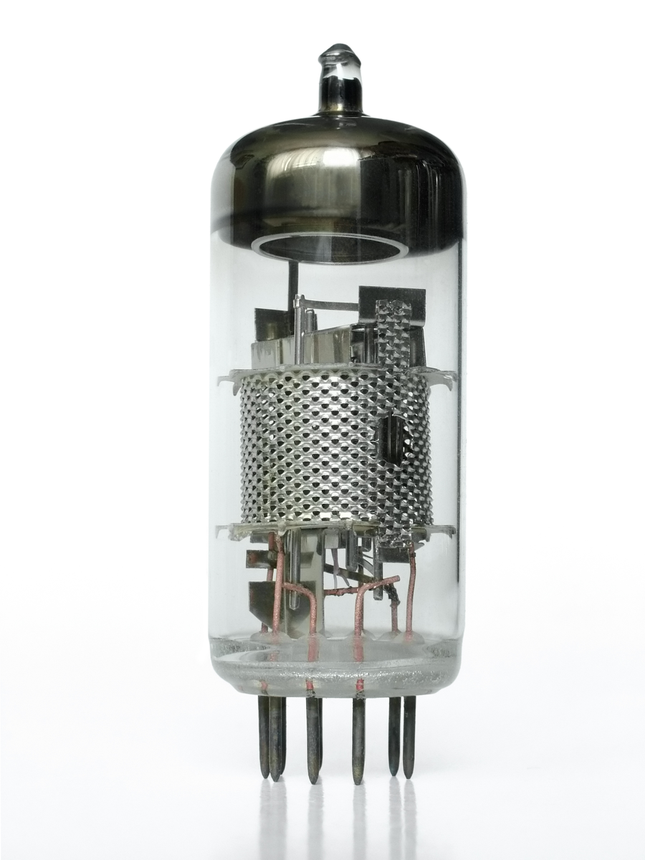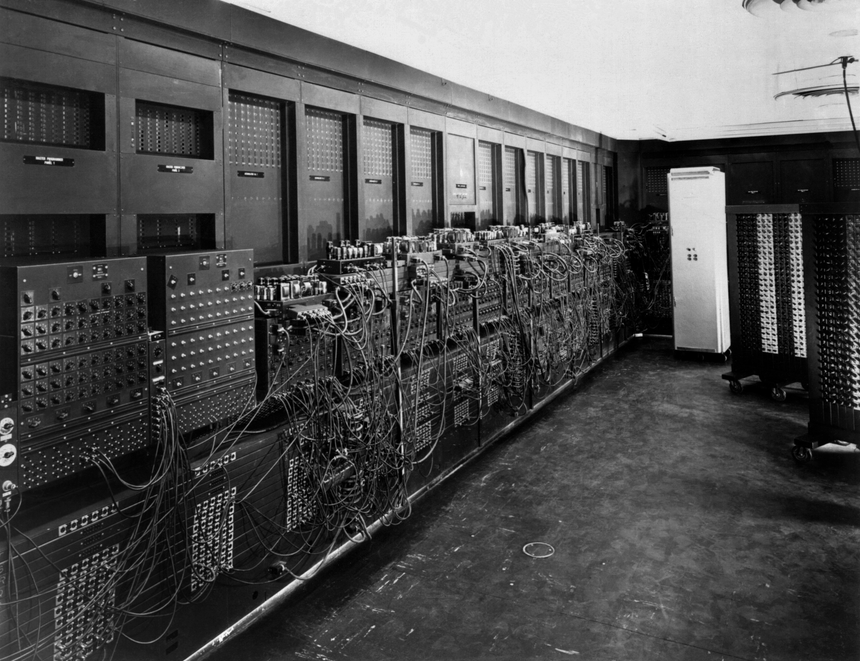Semiconductor Electronics Materials Devices and Simple Circuits - Notes, Topics, Formulas, Books, FAQs
God created everything like plants, trees, flowers, beautiful creatures and one very important thing which is our intelligent brain, through which we can do anything. As we all know that the world has developed itself in technology and has invented/developed many new electronic devices. There are thousands of inventions which have revolutionized human life. Electronic devices are very prominent among all these inventions. The electronic devices which we use daily consist of lights, mobile phones, computers, fans, refrigerators, Air conditioners, etc.
JEE Main/NEET 2027: Physics Important Formulas for Class 10
NEET 2025: Mock Test Series | Syllabus | High Scoring Topics | PYQs
JEE Main: Study Materials | High Scoring Topics | Preparation Guide
JEE Main: Syllabus | Sample Papers | Mock Tests | PYQs

Now we will discuss how we human beings come to the invention of electronic devices by multiple experiments. Now the history of the development of electronic devices begins. Devices in which flow of electrons are controlled are the basic building blocks of all the electronic circuits. Before the discovery of electronic devices like a transistor in 1948, the devices which were used mostly is vacuum tubes (which is also called valves) just like the vacuum diode. In a vacuum tube, the electrons are supplied by a hot cathode and the flow of these electrons are controlled in a vacuum is obtained by voltage variation between its different electrodes. But there are many drawbacks of this setup like -
-
Need vacuum tube
-
These devices are bulky, consume high power.
-
These devices operate generally at high voltages (~100 V) and have a limited life and low reliability.
After too many experiments we got the conversion from a bulky, power-consuming device to small, less power-consuming device. The figure will show you the differences -

So the development of the modern world and its dependence on the semiconductor and electronic devices can be visualized by the fact that the first computer is of 50 tons and now the laptop is almost 1 kilogram.

Notes on Electronic Devices-
So we will discuss step by step about important topics from this chapter followed by an overview of this chapter. Then we will understand important formulas from this chapter. Remembering these formulas will increase your speed while question-solving.
Electronic Devices Topics
-
Semiconductors
-
Semiconductor diode: I-V characteristics for forward and reverse bias; and diode as a rectifier
-
I-V characteristics of LED, solar cell, photodiode, and Zener diode; Zener diode used as a voltage regulator
-
Junction transistor, characteristics of a transistor, transistor action; transistor as an amplifier (common emitter configuration) and oscillator
-
Logic gates (OR, AND, NOT, NAND and NOR).
-
Transistor as a switch.
Related Topics,
Electronic devices Overview
-
Semiconductors are the very basic materials which are used in the present solid-state electronic devices like transistors, diodes, ICs, etc. Metals have low resistivity to current, while semiconductors have a resistivity of intermediate value. Examples of semiconductors in the form of elements are (Si, Ge) as well as in the case of compound (GaAs, CdS, etc.).
-
A diode is a semiconductor device with two terminals, typically allowing the flow of current in one direction only. The very important diode is P-n junction diode. When such a junction is made, a layer called ‘depletion layer’ is formed which consists of immobile ion-cores devoid of their holes or electrons. This causes a junction potential barrier.
-
We need to draw the I-V characteristic curve because by changing the amount of externally applied voltage, there is a change in junction barriers. In case of forwarding bias (n-side is connected to the negative terminal of the battery and p-side is connected to the positive), the barrier gets decreased while the barrier gets increased in reverse bias. Hence, the forward bias current is more while it is very small in a p-n junction diode.
-
Some special circuits those handles the digital data consisting of 0 and 1 levels. This forms the subject of Digital Electronics. Digital circuits which are performing special logic operations are called logic gates. These are: AND, OR, NOT, NAND, and NOR gates.
-
In the case of a transistor, unless a current flows in the base circuit then, there is no current can flow in the collector circuit. This property of a transistor will allow it to be used as a switch.
NCERT Notes Subject Wise Link:
- NCERT notes Class 11 Maths
- NCERT notes Class 11 Physics
- NCERT notes Class 11 Chemistry
- NCERT notes Class 11 Biology
Electronic devices Formulas
-
Relation between emitter current ,Base current,collector current
\begin{aligned}
I_E & =I_B+I_C \\
I_E & =\text { Emitter Current } \\
I_B & =\text { Base Current } \\
I_C & =\text { Collector Current }
\end{aligned}
-
The relation between α and β
\begin{aligned}
\beta & =\frac{\alpha}{1-\alpha} \\
\alpha & =\frac{I_C}{I_E} \\
\beta & =\frac{I_C}{I_B} \text { (current gain ) }
\end{aligned}
-
D'morgan's Theorem
1) $\overline{A+B}=\bar{A} \cdot \bar{B}$
2) $\overline{A \cdot B}=\bar{A}+\bar{B}$
3) $\overline{A+\bar{B}}=A \cdot B$
4) $\overline{\bar{A} \cdot \bar{B}}=A+B$
-
Some Important relations
$\begin{aligned} & A+A=A \\ & A \cdot A=A \\ & A+1=1 \\ & A \cdot 1=1 \\ & A \cdot 0=0 \\ & A+0=A\end{aligned}$
How to Prepare Electronic Devices
First, you should have good command over the concepts of the Electronic devices and you should also know how to apply the basic concepts well at the time of the entrance exam or while solving questions. Please try to understand each concept from this chapter, with the help of theory, questions with solutions and video lectures on each important concept. For each concept practice enough problems so that you have a thorough understanding of the concept. Solve all the questions at home with proper concentration and try to do all calculation by yourself without seeing the solution first.
NCERT Solutions Subject wise link:
- NCERT solutions for class 11 Physics.
- NCERT solutions for class 11 Chemistry.
- NCERT solutions for class 11 Mathematics.
- NCERT solutions for class 11 Biology.1
How to solve Electronic Devices Questions.
-
Remember the diagrams for all the configurations like pnp, npn semiconductors, CE, CB, CC configurations to solve questions easily.
-
Remember the directions of collector, base, emitter currents in different configurations so that you don’t get confused while solving questions.
-
Try to remember all the formulas present in this chapter and you will be able to master those by practicing questions.
-
Practice the diagrams of different logic gates and their truth tables and implementation of these gates using transistors.
Electronic Devices Tips
-
This is much theory-based topic, very few types of numerical can be created from this chapter.
-
Try to cover numerical from P-n junction diode, V-I characteristics, Zener diode, Transistors and Logic gates.
-
Make a plan to prepare for this chapter and stick to a Timetable.
-
Study the concept first and then start solving Electronic devices questions. Don't go through question directly without knowing the concept.
-
Solve previous year question of various exam from this chapter.
-
Use smart methods to solve questions.
NCERT Exemplar Solutions Subject wise link:
- NCERT exemplar solutions for class 11 Physics.
- NCERT exemplar solutions for class 11 Chemistry.
- NCERT exemplar solutions for class 11 Mathematics.
- NCERT exemplar solutions for class 11 Biology.
Because as said by Joshua J. Marine
Challenges are what make life interesting. Overcoming them is what makes life meaningful.
Electronic Devices Books
For Electronic devices, chapter concepts in NCERT are enough but you will have to practice lots of questions including previous year questions and you can follow other standard books available for competitive exam preparation like Concepts of Physics (H. C. Verma) and Understanding Physics by D. C. Pandey (Arihant Publications).